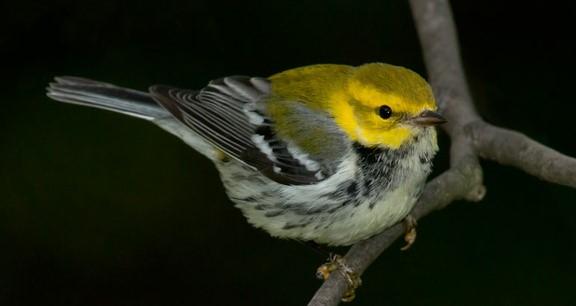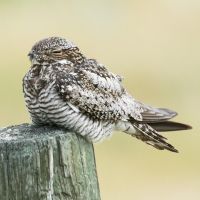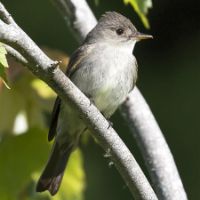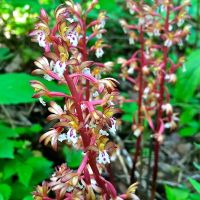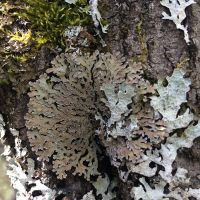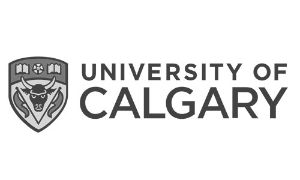Assessing the biodiversity in a region includes an evaluation of species that are naturally rare or that have demonstrated a significant decline in abundance.
These species are generally referred to as “species at risk” or “species of conservation concern” because future declines in abundance or habitat may result in the loss of the species from an area.
In this section, we report on the species of conservation concern detected by the ABMI in Tolko’s Northern Operating Area. Along with occurrence information, Biodiversity Intactness scores are included for 29 species that were detected at enough sites to calculate.
